A delve into veterinary case notes…
From February to April this year, RCVS Knowledge were very pleased to welcome Claudia Watts, an MA History student from King’s College London. As part of her studies, Claudia was tasked with selecting highlights from Fred Smith’s veterinary case notes, and digitising and transcribing them for us. The results are now published in our Digital Collections, and here Claudia shares some of her thoughts on the project.
Over the past few months, I have had the wonderful task of exploring and transcribing the incredible sources left behind by Veterinary Surgeon Frederick Smith during his time in India in the 1880s.
The further I delved into the mountain of work he left behind, I developed a clearer picture of this man; relentless, dedicated and a complete workaholic.
I have uncovered some truly unique treasures – often turning a page only to have my breath honestly taken away as I stumbled upon beautiful artwork (FS/2/2/2/1/7), unique photographs (FS/2/2/2/1/10) and of course mounds of fascinating case notes and reports. His work provides wonderful insight not only into the man himself, but also the workings of the Army Veterinary corps. In addition to this, it has been fascinating to see how he has used his findings and research to educate. Many case notes appearing in his articles and manuals. Within these folders are pieces of crucial veterinary history as Smith helped guide the profession, contributing to the institution today.
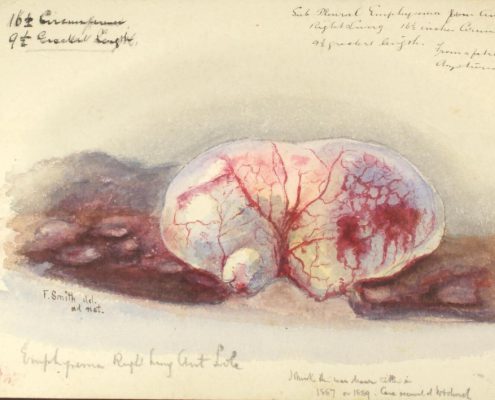
Sub pleural Emphysema [FS/2/2/2/1/7]
Transcribing his work has been a challenge I have never faced before, and I have a newfound appreciation for the patience and hardwork of an archivist. Smith’s handwriting, to say the least, is rather tricky! But after a few days, and then a few weeks I have cracked it. That satisfaction of becoming a specialist in one individual’s handwriting is strangely thrilling! Staring at one mystery word for an hour and triumphantly declaring “manually!! He means manually!!!” has probably caused my colleagues sitting near me a few headaches….
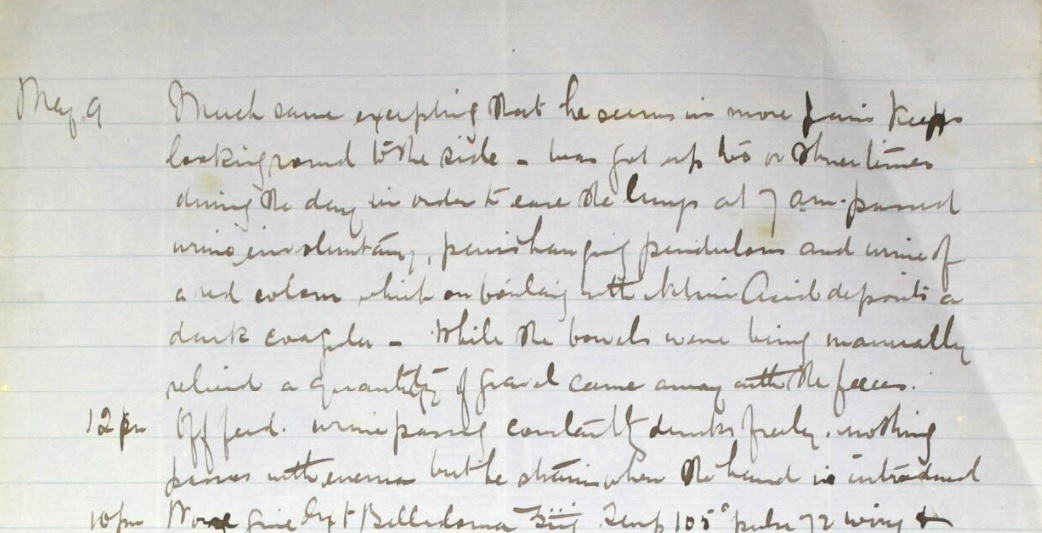
“was got up two or three times during the day in order to ease the lungs…” Extract from the case notes for Horse E-16 [FS/2/2/2/2/3]
At times his work left a bitter-sweet taste, as he describes horses who despite all odds cling to life. When reading his work it becomes clear he had a deep appreciation and respect for the animals in his care. A piece which has become a personal favorite of mine, comes from the folder on Fractures and Wounds. Horse E-16 while being treated:
“…suddenly wheeled round,
ran back then rushed forward, turned sharp and jumped a
Bamboo hen Coop and then started off at a mad gallop
towards the troop lines and bolted into the angle formed by
two walls dashed his head against the wall and lay doubled
Up.”
Smith includes a sketch of the horse, and states that the horse “with its characteristic facial expression enabled me to recall this case when I raised this in June 1927 namely 47 years after the event.” Despite all that time, and probably after hundreds of other horses had come under his care he remembered E-16.

Sketch of Horse E-16 [FS/2/2/2/2/3]
It truly has been an eye opening few months, and to have had the opportunity to work so closely with such wonderful materials has been a pleasure. I am so grateful to everyone at RCVS Knowledge. I hope the sources I have transcribed and digitized will be of use and potentially encourage individuals to take their own journey into these amazing resources.
by Claudia Watts, MA History, Kings College London
To explore these veterinary case notes yourselves, visit our Digital Collections website, or contact us to view the full collection in person.

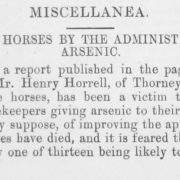
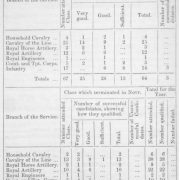
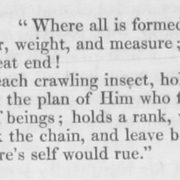

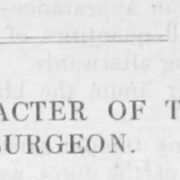
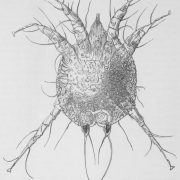
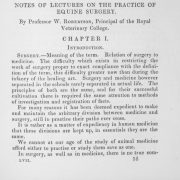
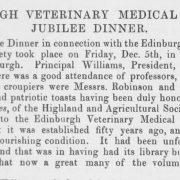
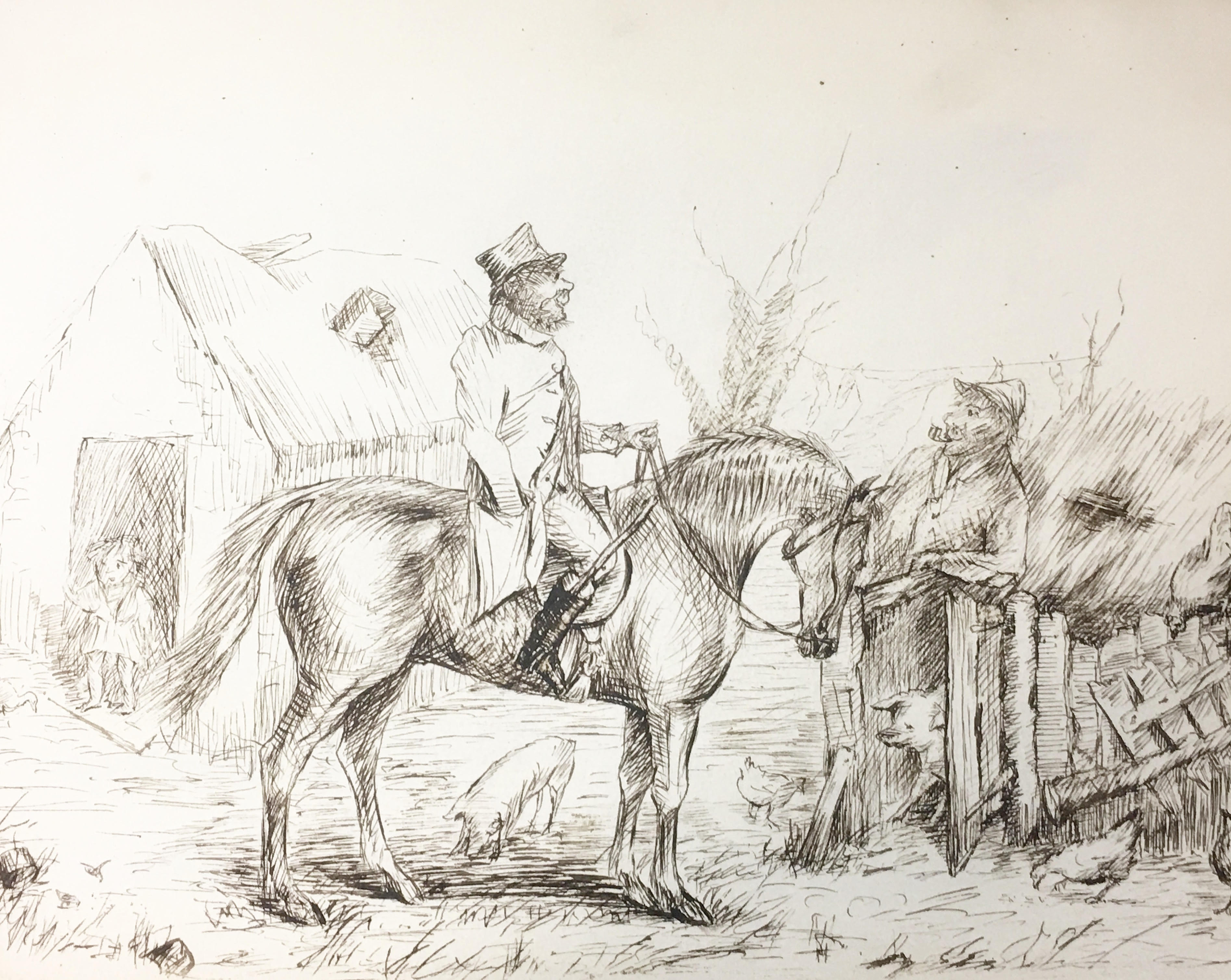
Leave a Reply
Want to join the discussion?Feel free to contribute!